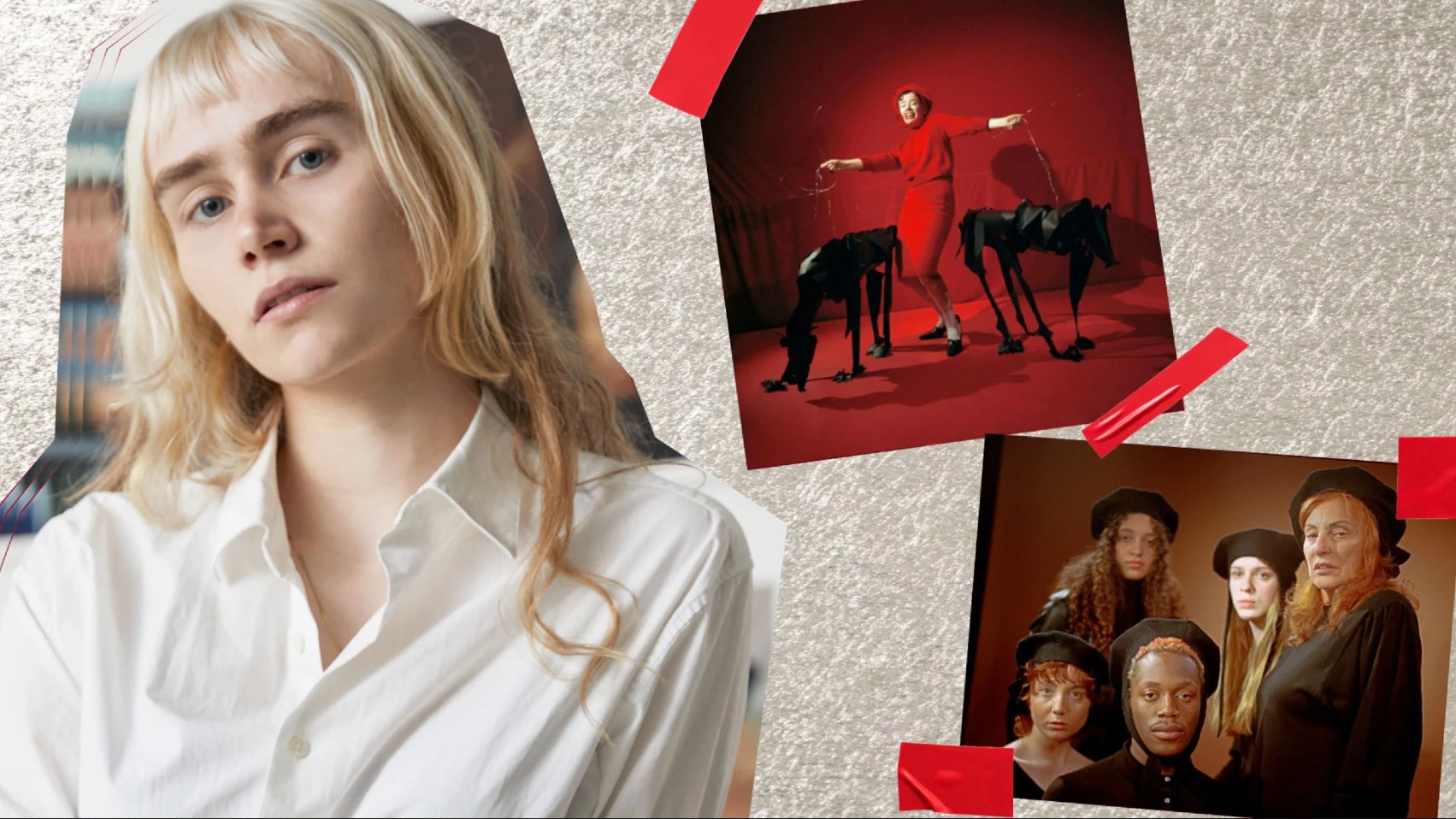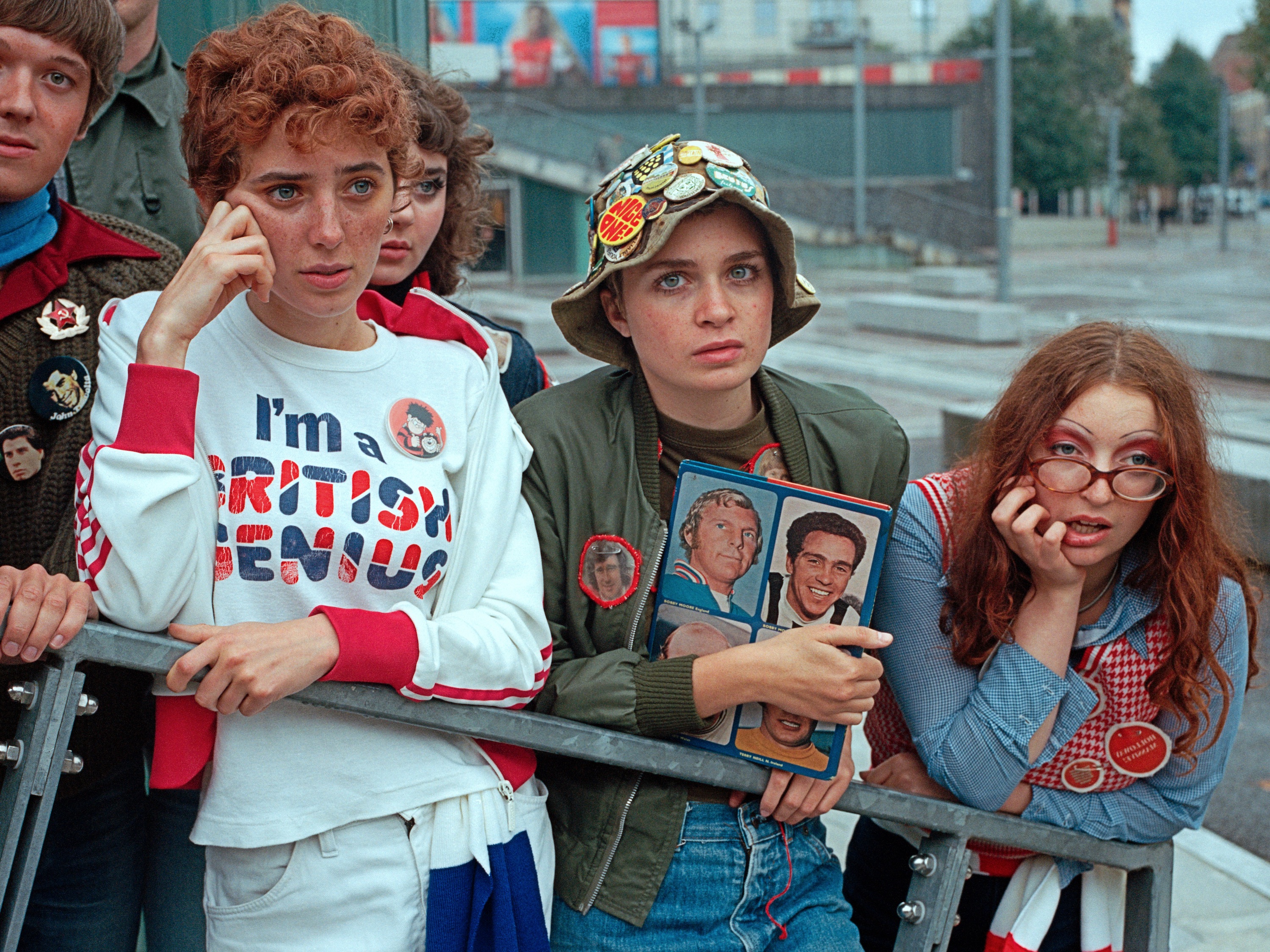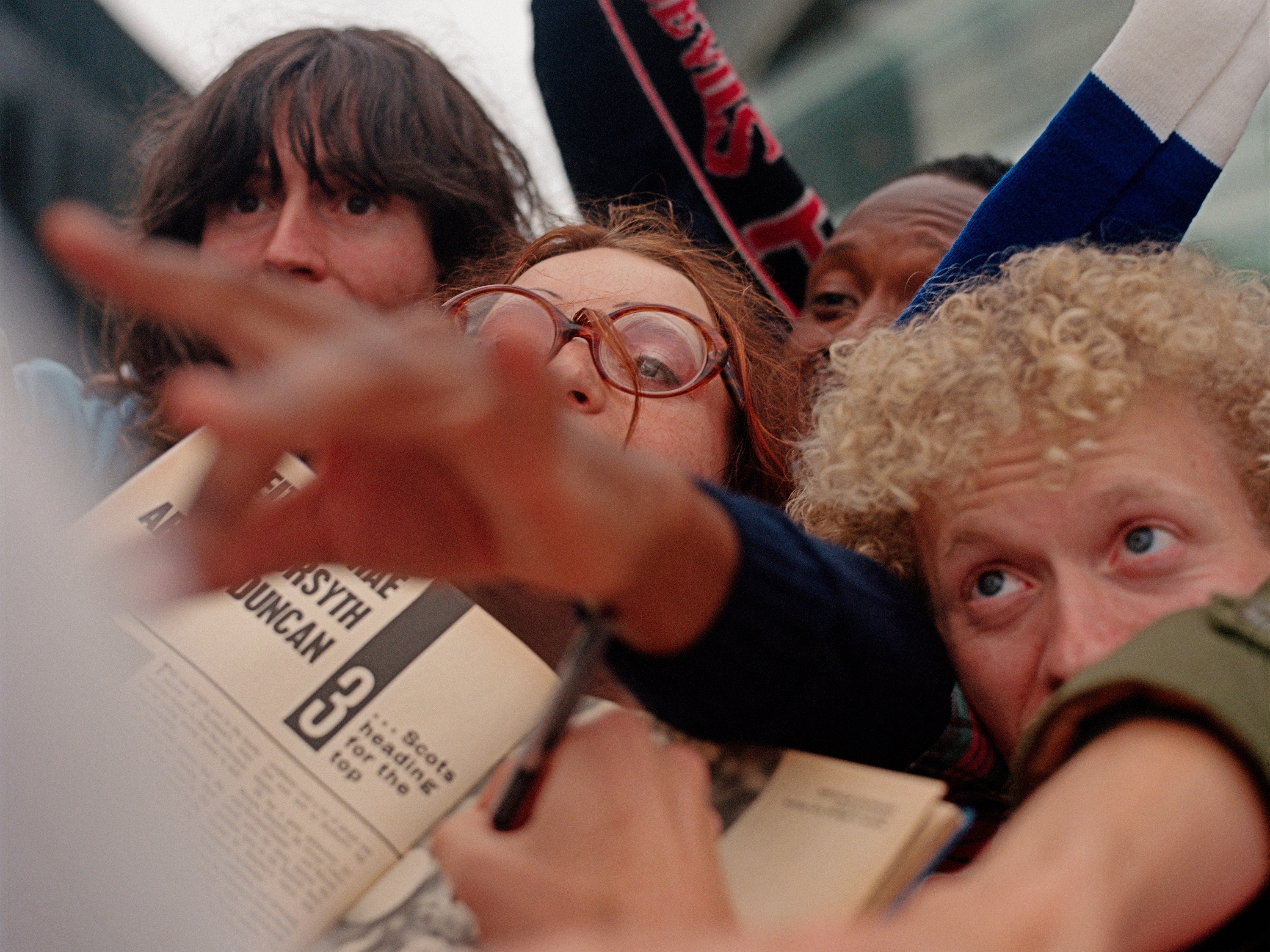Art Imitates Life for Dior Photography Prize Winner Rachel Fleminger Hudson
The young photographer constantly challenges herself to view the world through multiple lenses.


The Dior Photography and Visual Arts Award for Young Talents celebrates the artistry and imagination of emerging photographers globally. In its fifth year, Christian Dior Parfums, in partnership with LUMA Arles and the Arles Nationwide College of Image, has invited 14 artists to showcase their work at Dior's The Artwork of Shade exhibition. The exhibition's theme, Face to Face, is on display at Luma Arles art center in Arles, France, from July 4th through September 25th.
Artist Rachel Fleminger Hudson was named this year's Dior Art of Color Photo Award winner. We sat down with the emerging artist to discuss her works, which often toe the line between imitation and reality.
Marie Claire: Your work has a painterly quality to it. It's reminiscent of Renaissance painter Hans Holbein, 20th-century artist Otto Dix, and French Baroque painter Georges De La Tour.
Rachel Fleminger Hudson: That's funny. My dad's an art critic. When I was a child, he wrote a book on Titian, and for three years, we went to look at Titian every holiday. [Those artists] weren't direct influences for my work, but I think I was brought up around so much art that all this classical imagery became engrained in how I view things. I've grown up with art so embedded in my world experience that it comes through naturally. People say that the way I edit the colors is very painterly, which is not my intention. I wanted to make images that had a complicated quality, so I tried to avoid what was instinctively beautiful to me, but I failed every time. I end up taking nice, pretty pictures.

For me, women have duality in their emotions. That's how I view both myself and other women. I'm trying to portray that through these characters.
MC: So, who are your main influences?
RJF: Photography and film from the '60s and '70s are my primary influence, and filmmakers like Ken Russel, Ingmar Bergman, Rainer Werner Fassbinder, and Roman Polanski—although Polanski is controversial. I also like Giallos and Hammer Horror films' amazing portraits of people on the street. I'm also interested in photographers who portray real life. [Their work] seems almost fake to me, like very detailed and interesting postcards.

The photographer Iain S P Reid has a big influence on me. He was an unknown street photographer who took pictures of football fans.
MC: How do you work with color in your artworks?
Get exclusive access to fashion and beauty trends, hot-off-the-press celebrity news, and more.
RFH: I try to see how far I can push an image [by playing with colors]. I never add a color that's not already in the picture, but I omit them. I like to start with the skin to see how much detail I can pull out. Then, all sorts of things begin to take shape, from environmental changes to lighting. Sometimes strange halos start to appear around the subjects. My teachers are horrified, but I love it.

I try not to take pictures with classical references in them— to move away from the long history of what is beautiful and naturally attractive to the eye. I do precisely that every time, but beautiful photos are also important.
MC: What does authenticity mean to you?
RFH: I'm starting to understand that authenticity can have more than one definition. In performance art, things can be both fake and authentic simultaneously. My subjects are staged, yet a real experience is taking place. I use a lot of costumes, often from the 1970s, throughout my work to build authentic character identities.
My "face-to-face" idea comes from the notion that we continue to interact on a physical level, even though we have virtual experiences. Even virtual photographs or films revolve around real things.

I used to work in a football pub and saw men visibly devastated by their team losing. As women, we're often very aware of our emotions and control them to ensure that our feelings don't affect others.
MC: How do you appear in your images?
RFH: I find the world to be very beautiful and almost unbearably emotional. I often wish I didn't see it that way because it's overwhelming, but creating emotion is a part of how I engage with people.

Galia Loupan is the chief content officer of Marie Claire International, working on brand identity and coordinating content collaboration across Marie Claire editions around the world, including France, the UK, Russia, China, Australia, Argentina, and Turkey, among other countries. She is based in France.